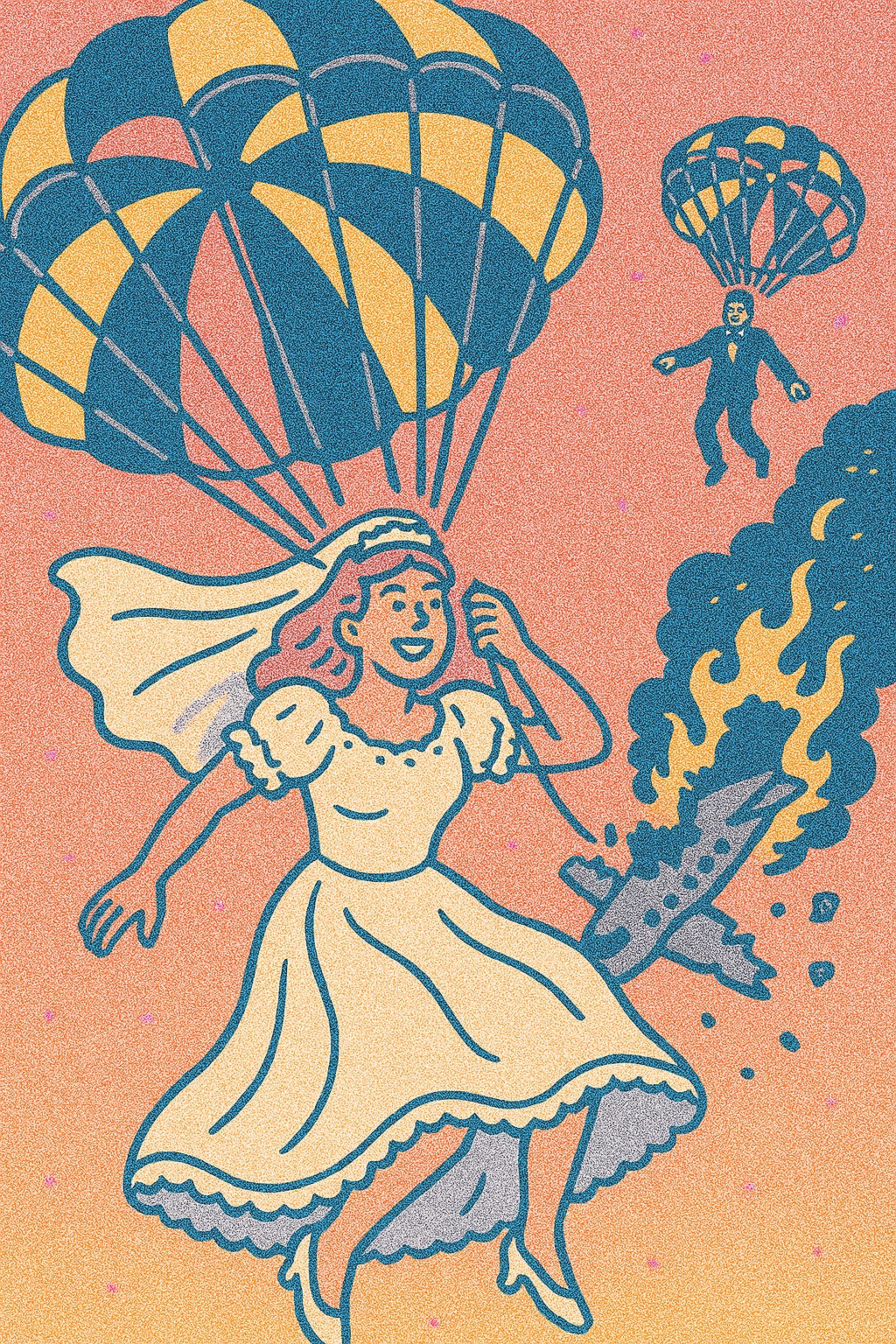The End of the Beginning
The other parts of the story
Wrapping Up the Basics: Plot Structure
Having discussed tension, let’s return to basic plot structure to complete this introductory discussion. I apologize if this feels like jumping around, but breaking down storytelling into digestible pieces while keeping everything interconnected is a challenge. As we layer in new ideas, I’ll refer back to previous essays and introduce examples to help illustrate how all these elements work together. Storytelling is not a discrete set of techniques—it’s a complex tapestry, where each thread contributes to both structure and beauty.
So, let’s wrap up the fundamentals.
The Elements of Plot Structure
Plot structure is often broken down into four key parts:
Exposition
Rising Action
Falling Action
Resolution
Let’s examine each one in turn.
1. Exposition: Introducing the World
Exposition introduces the fundamental elements of a story—primarily characters and setting. It may also hint at or establish the central conflict.
However, it’s important to recognize that modern audiences have little patience for lengthy exposition. With endless entertainment options at their fingertips, they are far less willing to sit through extensive setup before the actual story begins. Instead of viewing exposition as an essential part of the narrative, many see it as wasted time.
This is why many contemporary stories weave exposition into the action, rather than placing it up front. In fact, many television procedurals demonstrate this principle well. Typically, before the opening credits even roll, the show presents the central problem—a murder, a confrontation, a shocking revelation. Only after the problem has been introduced does the episode flesh out the recurring characters and their world.
In a procedural, character exposition often plays a secondary role to the plot of the week. Audiences will meet an entirely new set of people each episode, whose problems are quickly introduced and solved by the main characters. This structure works because audiences are far more invested in the mystery or conflict than in an extensive backstory.
2. Rising Action: The Life of the Story
Rising action consists of the events that lead from the inciting incident to the climax. As previously discussed, everything that builds tension and moves the story forward is part of the plot. Anything that doesn’t—while it may serve a purpose—is not central to the plot itself.
Since the rising action is where the story’s tension resides, it can be thought of as the true body of the story. It represents the life of the problem, from the moment it enters the protagonist’s world to the moment it is resolved.
Crucially, audiences do not want a series of simple problems with simple solutions. We crave complication. We want to see characters struggle, move forward and backward, experience false victories and unexpected failures. Solutions should sometimes backfire or introduce new problems, mirroring real life. Even in the most fantastical of stories, we desire a core emotional truth.
Since rising action is the heart of storytelling, we’ll explore it in greater depth later. For now, let’s move on to the final two elements.
3. Falling Action: The Aftermath
Falling action deals with the consequences of the climax. If we define the climax as a single, pivotal moment, there will naturally be more to explore than can be contained within that instant.
This section of the story allows for the resolution of key themes, the tying up of secondary conflicts, and the emotional fallout of the climax. It also provides space for any spectacle introduced earlier—whether emotional, intellectual, or visual—to be addressed before the story closes.
However, not every loose end needs to be tied up. As long as unresolved elements are not central to the plot, they can be left ambiguous. The key is to ensure the audience doesn’t feel cheated—as long as they understand what is unresolved and why, ambiguity can be a strength.
4. Resolution: The New Status Quo
If exposition introduces the old status quo, resolution presents the new one. It shows how the world has changed as a result of the story’s events.
Once again, modern audiences have little patience for extensive resolution. A famous example of this comes from The Lord of the Rings films. After the destruction of the One Ring—clearly the climax—the story doesn’t end immediately. Instead, it continues with multiple resolutions, tying up the journeys of various characters. This mirrored Tolkien’s novel, but it sparked debate at the time. Was such an extended ending necessary? Some found it emotionally satisfying; others found it indulgent.
This highlights a key principle: audiences don’t need a resolution for every character—they need a resolution for the problem. Since the problem is resolved at the climax, anything that follows must feel earned rather than excessive.
Final Thoughts
At its core, a story’s structure is simple:
Exposition establishes the world.
Rising action builds tension as the problem grows.
The climax resolves the problem.
Falling action and resolution tie up the aftermath.
Modern storytelling has adapted these principles, shortening exposition and resolution while maximizing rising action and tension. The goal remains the same: to engage the audience and take them on a journey from problem to solution.





